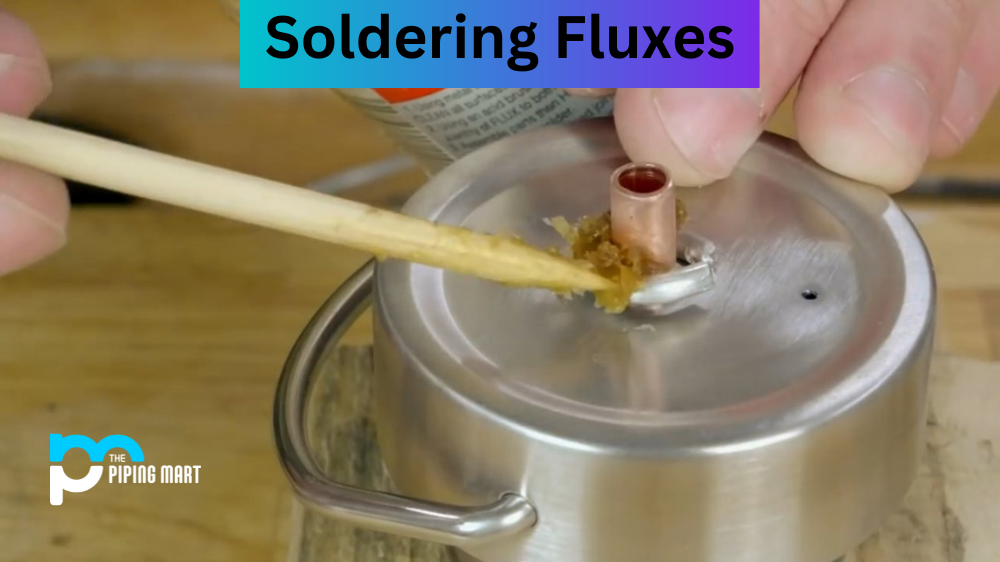If you’re familiar with soldering, then you might already be aware of the importance of fluxes. But what exactly is a soldering flux? What are its uses and how does it work? This short guide will provide an overview of soldering fluxes and explain why they are so important in the process of soldering.
What is Soldering Flux?
Soldering flux is a chemical compound that helps facilitate the process of soldering by removing oxides from metal surfaces. It also reduces the surface tension between metals, which makes it easier for the solder to flow over them and form a strong bond. Without a flux, oxidation would build up on the components being joined, making it difficult for them to form a reliable electrical connection.
Solder Fluxes Uses
There are many different types of solder flux available, each designed for specific applications. For example, there are no-clean fluxes that can be used in electronics applications where leaving residue behind is not desirable. On the other hand, rosin-based fluxes are ideal for plumbing applications since they leave behind a protective coating that prevents corrosion over time. There are also water-soluble fluxes that can be used when components need to be cleaned after soldering is complete. Regardless of which type of flux you use, it’s important to make sure that it is compatible with your specific application.
How Does Solder Flux Work?
The exact mechanism by which solder flux works depends on the type being used, but generally speaking most types work by breaking down oxides on metal surfaces so that solder can better flow over them and form strong bonds. Additionally, some types of solder flux may contain active chemicals that help to prevent oxidation from occurring during the soldering process itself. This helps ensure that any electrical connections formed remain reliable over time.
Conclusion:
Solder flux is an essential component in any soldering project. Without it, oxidation would build up on metal surfaces making it difficult for solder to form strong bonds between composite ents. While there are many different types available each designed for specific applications, all serve the same basic purpose—to remove oxides from metal surfaces and reduce surface tension so that solder can easily flow and form reliable connections between components. With its help, any project requiring soldered components should come out looking clean and professional every time!

Pipingmart is a B2B portal that specializes in metal, industrial and piping items. Additionally, we share the latest information and information about materials, products and various types of grades to assist businesses that are involved in this business.




